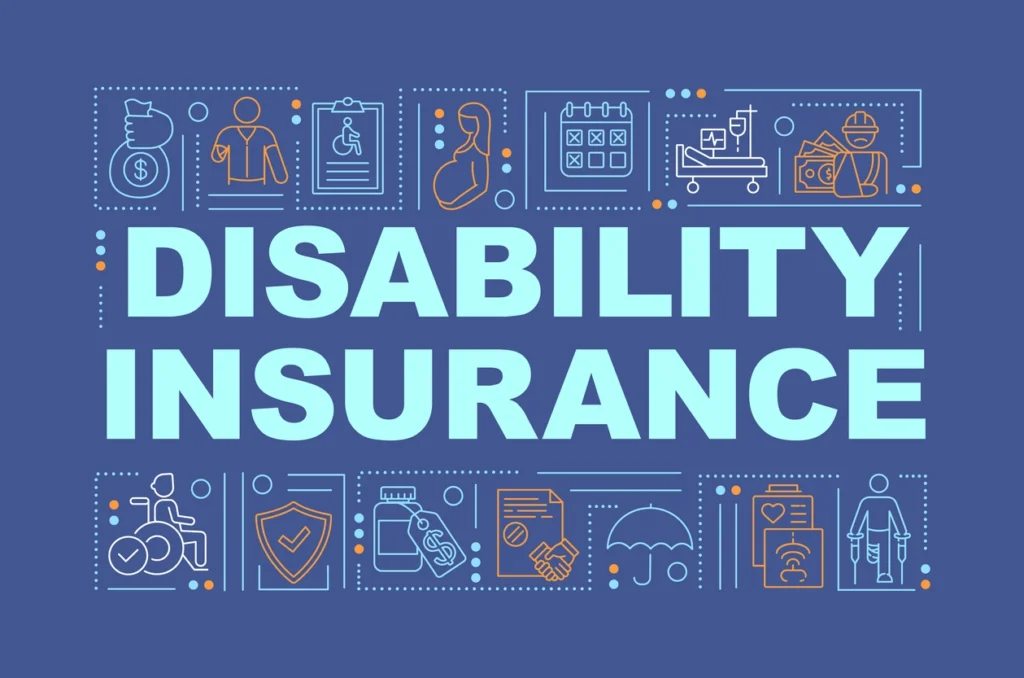
Story at-a-glance
- Your hands are your income – A disability can abruptly end a dental career, making coverage essential.
- Own-occupation coverage is key – Protects you if you can’t work as a dentist, even if you can work elsewhere.
- Long-term coverage matters most – Provides income until retirement if illness or injury ends your practice.
- Customize your plan – Riders like COLA, FIO, and residual benefits offer flexible, tailored protection.
- Act while you’re healthy – The best time to buy disability insurance is before any medical issues arise.
As a dentist, your hands are your livelihood. Your precise skills and training enable you to provide essential care to your patients. But what would happen if an injury or illness prevented you from practicing dentistry? This is where disability insurance becomes crucial. In this guide, we will delve into the importance of disability insurance for dentists, the types of policies available, and key considerations when choosing coverage.
Why Dentists Need Disability Insurance
Dentistry is a physically demanding profession that requires steady hands, keen eyesight, and excellent health. A disabling injury or illness can abruptly end your ability to work, jeopardizing your financial stability. Disability insurance provides a safety net by replacing a portion of your income if you become unable to perform your duties due to a disability.
Unlike other professions, dentists cannot easily transition to a different type of work if they become disabled. This makes having a robust disability insurance policy even more critical. The right policy ensures that you can continue to support yourself and your family, maintain your lifestyle, and meet financial obligations such as student loans, mortgages, and business expenses.
Types of Disability Insurance Policies
There are two primary types of disability insurance policies that dentists should consider: short-term and long-term disability insurance.
1. Short-Term Disability Insurance (STD):
- Provides income replacement for a short period, typically 3 to 6 months.
- Covers temporary disabilities that prevent you from working for a short duration.
- Benefits often start after a waiting period of 1 to 14 days.
2. Long-Term Disability Insurance (LTD):
- Provides income replacement for an extended period, often until retirement age.
- Kicks in after short-term disability benefits end, typically after 90 days.
- Covers more severe or long-lasting disabilities.
Both types of policies are important, but long-term disability insurance is particularly vital for dentists due to the potential for permanent disability resulting from injuries or illnesses that could end your dental career.
Key Features of Disability Insurance for Dentists
When evaluating disability insurance policies, dentists should consider the following key features:
1. Own-Occupation Coverage:
- This type of coverage defines disability as the inability to perform the specific duties of your occupation as a dentist.
- Ensures that you receive benefits even if you can work in another profession but cannot practice dentistry.
2. Benefit Period:
- The length of time you will receive benefits while disabled.
- Ideally, the benefit period should last until at least age 65, ensuring financial protection until retirement.
3. Elimination Period:
- The waiting period before benefits begin after a disability occurs.
- Common elimination periods are 30, 60, or 90 days. A longer elimination period typically results in lower premiums.
4. Benefit Amount:
- The percentage of your income that the policy will replace.
- Most policies cover 60% to 70% of your gross income.
5. Riders and Additional Options:
- Cost-of-Living Adjustment (COLA) Rider: Adjusts benefits to keep pace with inflation.
- Future Increase Option (FIO) Rider: Allows you to increase coverage as your income grows without undergoing additional medical underwriting.
- Residual Disability Rider: Provides partial benefits if you can work part-time or perform some but not all of your job duties.
Choosing the Right Policy
Selecting the right disability insurance policy requires careful consideration of your individual needs and circumstances. Here are some steps to guide you through the process:
1. Assess Your Financial Needs:
- Calculate your monthly expenses, debt obligations, and future financial goals.
- Determine how much income you need to replace to maintain your current lifestyle.
2. Research Insurance Providers:
- Look for companies with a strong reputation and financial stability.
- Compare policy features, benefits, and costs from multiple providers.
3. Consult with a Specialist:
- Work with an insurance broker or financial advisor who specializes in disability insurance for dentists.
- They can help you navigate the complexities of policy options and find coverage tailored to your needs.
4. Review Policy Details:
- Read the fine print to understand the terms, exclusions, and limitations of the policy.
- Ensure that the policy provides own-occupation coverage and includes any essential riders.
Conclusion
Disability insurance is a critical component of a dentist’s financial safety net. It provides peace of mind, knowing that your income is protected if an injury or illness prevents you from working. By understanding the different types of policies, key features, and steps to choosing the right coverage, you can make informed decisions to safeguard your financial future. Remember, the best time to secure disability insurance is now, while you are healthy and fully able to practice dentistry.
Ready to protect your future?
Get a personalized side-by-side policy comparison of the leading disability insurance companies from an independent insurance broker.




